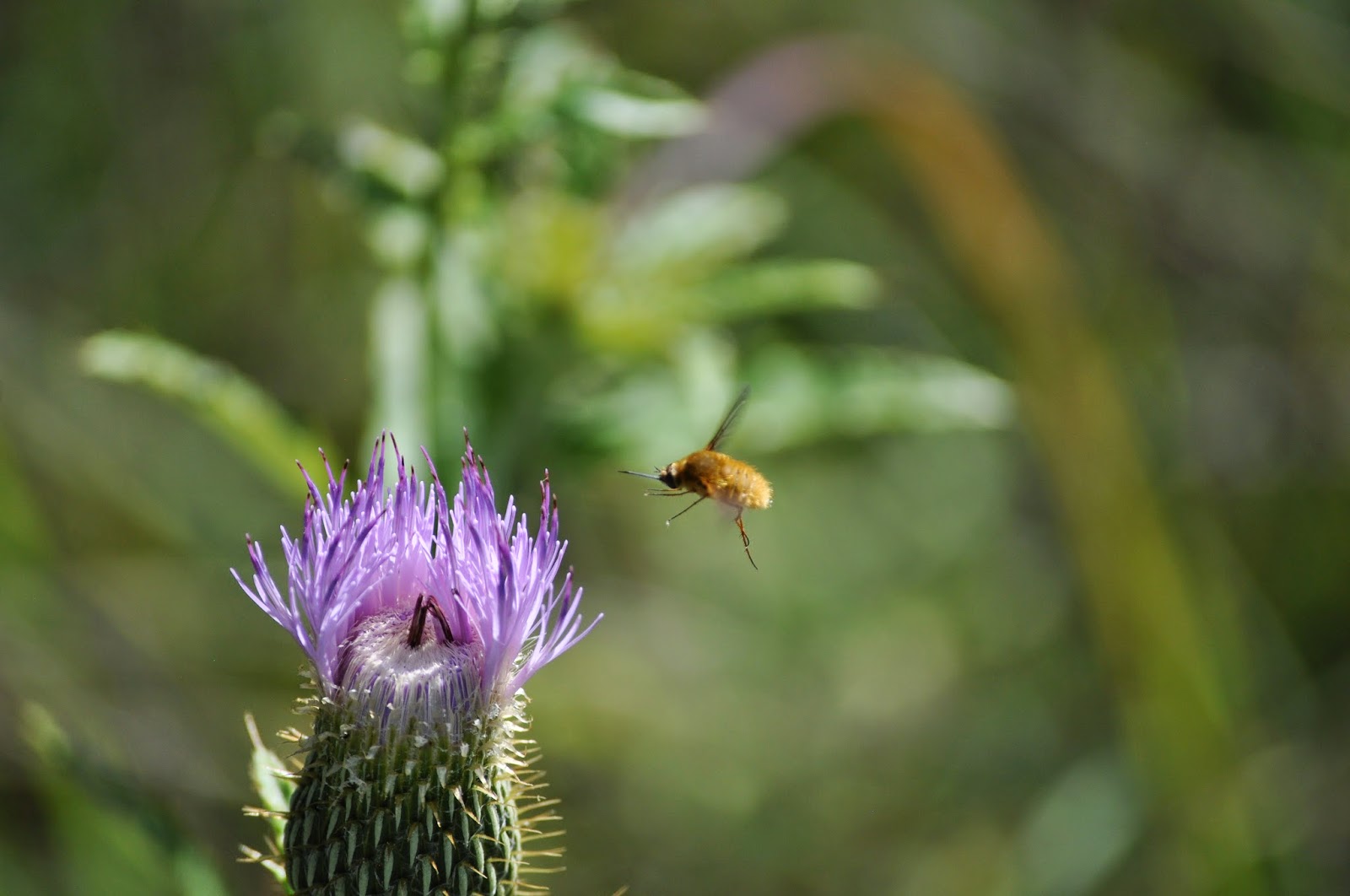 |
| Kansas Eryngo, (eryngium) |
I first saw this tall, spikey flower called Eryngo in England, in the vallage of Twyford, near Winchester, several years ago while visiting relatives. It grew along the fence and seemed to be one of those lucky coincidences. A bird had perchance dropped a seed and the flower flourished and spread.
 |
| Eryngo Kansas |
Years later I was out for a walk and came across the same flower again. It was in a waste area off an abandoned railroad track and near a small creek. Because of its spikes, the flower is often mistaken for a thistle. It is rather a member of the Eryngo or Eryngiuam family with over 230 species.
This species is related to the shorter, purple Leavenworth Eryngo.
Its color is a pale green and the plant grows to a towering six feet in height.











.JPG)
.JPG)
.JPG)






.JPG)
.JPG)
.JPG)
.JPG)
.JPG)
.MOV)















.JPG)
.JPG)
.JPG)
.JPG)
.JPG)
.JPG)
.JPG)



